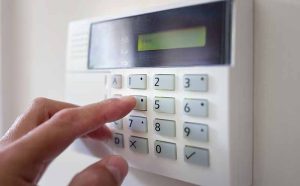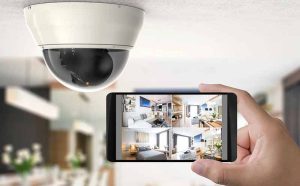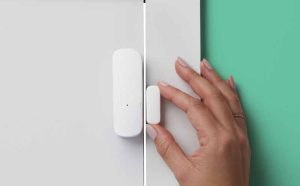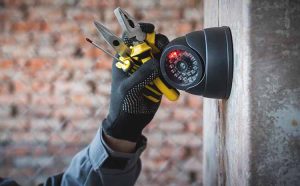In today’s world, security is a top concern for homeowners. A reliable alarm system provides peace of mind, safeguarding your property and loved ones from potential threats. While there are numerous commercial alarm systems available on the market, building your own DIY alarm system can be a cost-effective and customizable solution.
Now, we will guide you through the process of creating your own DIY alarm system, empowering you to enhance the security of your home.
Essential Components of DIY Alarm System
Before embarking on your DIY alarm system project, it is crucial to plan and design the system to meet your specific requirements. Consider factors such as the size of your property, entry points, and the level of security you desire. Identify the areas that require protection, such as doors, windows, and key access points. This planning phase will help you determine the components and features you need for your system.
- Control Panel: The control panel acts as the brain of your alarm system, responsible for managing sensors, receiving signals, and triggering alarms. Choose a reliable control panel with features like battery backup and wireless connectivity for added convenience.
- Sensors: Sensors detect and monitor activity within your home. Common types of sensors include door/window sensors, motion sensors, and glass break sensors. Install these sensors strategically to cover vulnerable areas.
- Alarms and Sirens: Alarms and sirens are crucial for alerting you and deterring intruders. Consider installing loud sirens both inside and outside your home to maximize their effectiveness.
- Security Cameras: Although not mandatory, security cameras provide an extra layer of protection by capturing video evidence. Opt for high-resolution cameras with night vision capabilities and remote viewing options.
- Communication Options: Explore communication options for your alarm system, such as landline, cellular, or internet-based connections. Ensure that you can receive notifications or alerts on your smartphone or computer.
Also Read: Burglar Alarm System Home Automation Security Review
Installation Process
- Research and Learn: Familiarize yourself with the installation process by reading manuals, watching tutorials, and consulting online resources. Understand the wiring and setup requirements for each component.
- Mounting Sensors: Install door/window sensors at entry points, ensuring they are properly aligned and securely fastened. Place motion sensors strategically to cover large areas while avoiding false alarms.
- Setting Up the Control Panel: Follow the manufacturer’s instructions to set up the control panel. Configure the system settings, such as entry and exit delays, user codes, and alarm triggers.
- Connecting Alarms and Sirens: Connect the alarms and sirens to the control panel, ensuring they are loud and easily audible throughout your property.
- Camera Placement: If you choose to include security cameras, position them strategically to cover critical areas, such as entry points and high-value assets. Ensure they have a clear view and proper power supply.
Integration and Testing
Once you have installed all the components, it’s essential to test and integrate the system for seamless functionality.
- Test Sensors: Open and close doors/windows to verify that the sensors detect the activity and trigger the appropriate response.
- Alarm Activation: Arm and disarm the system multiple times to ensure the control panel responds correctly, and alarms and sirens are activated as expected.
- Camera Functionality: Assess the camera feeds and ensure they provide clear images, both during the day and at night. Test remote viewing options if available.
- System Integration: If you have chosen a smart alarm system, integrate it with your smartphone or computer to receive real-time notifications and control the system remotely.
Building your own DIY alarm system can be a rewarding and cost-effective endeavor, empowering you to enhance the security of your home. By carefully planning, selecting the right components, and following proper installation and testing procedures, you can create a reliable and customizable alarm system tailored to your specific needs.
Remember to regularly maintain and update your system to ensure its continued effectiveness. Stay safe and enjoy the peace of mind that comes with a well-protected home!







Tinggalkan komentar